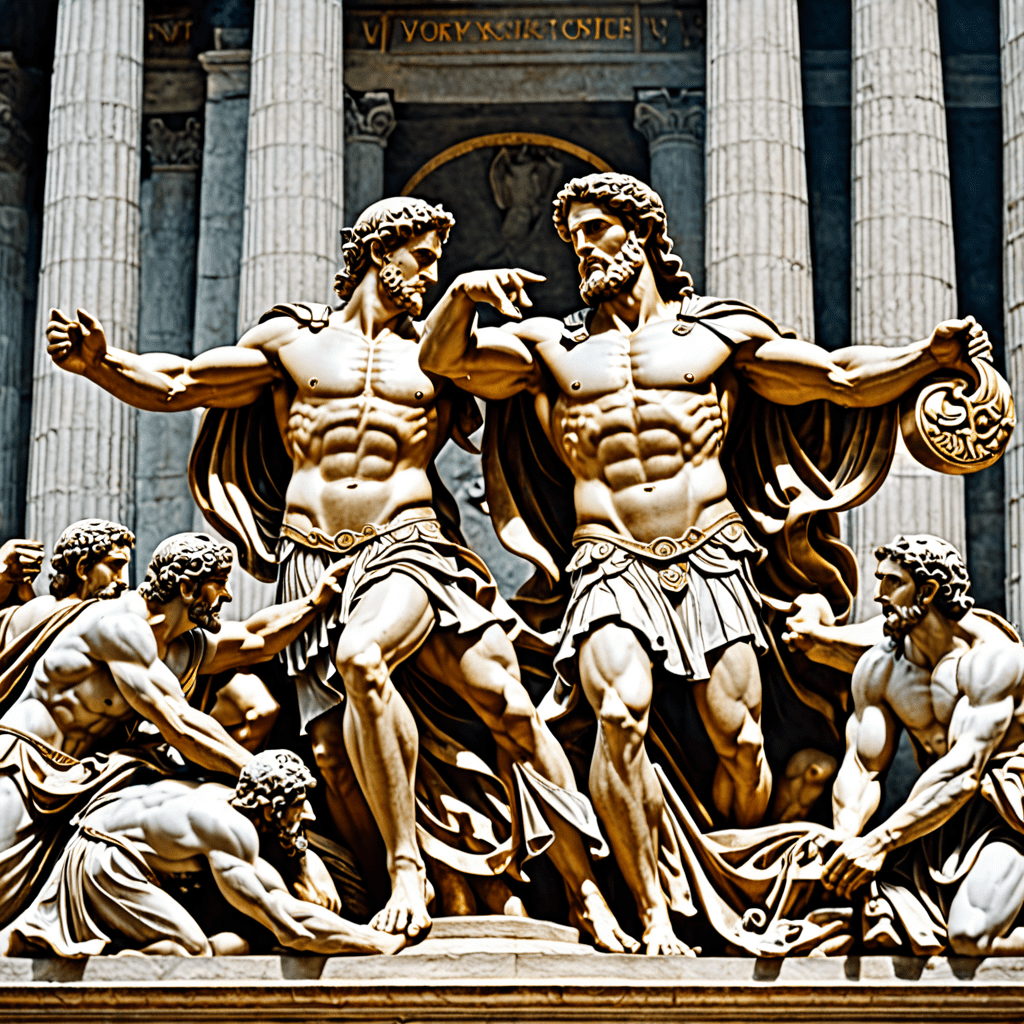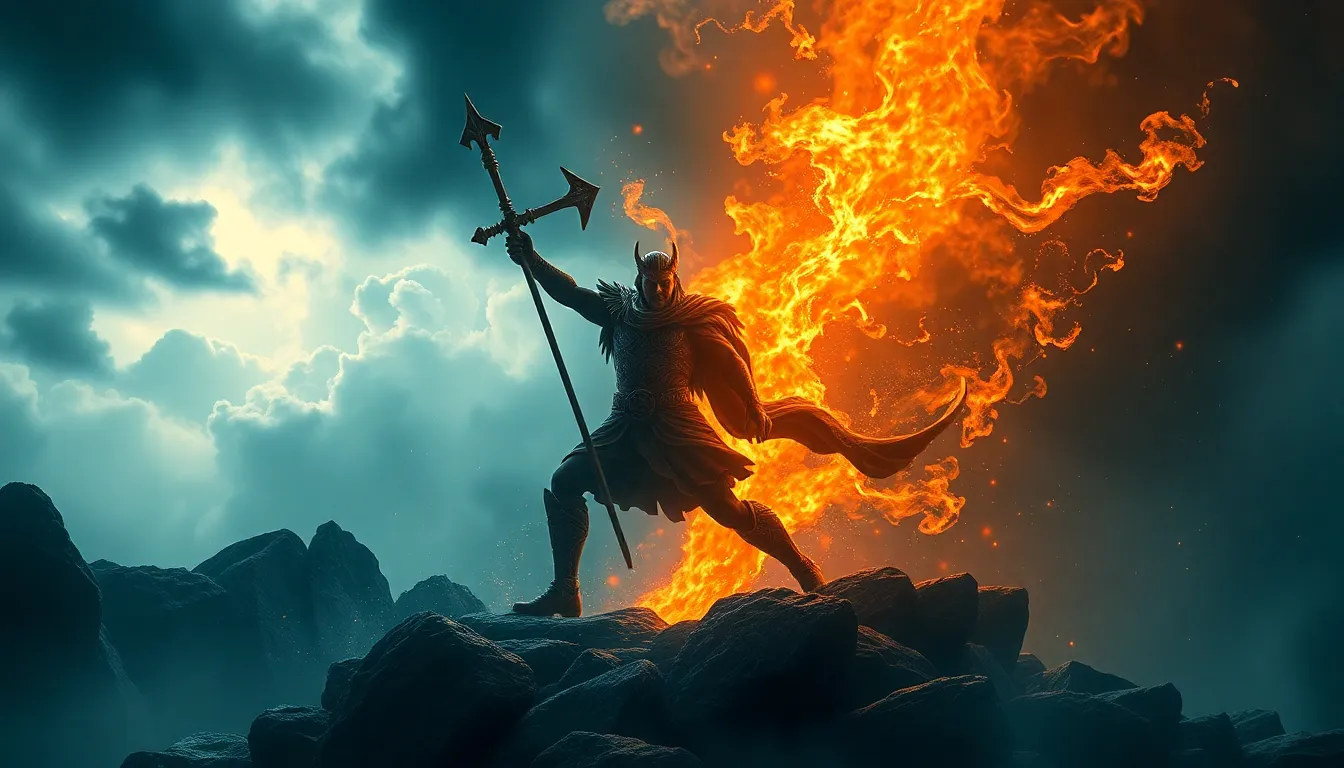The Incan Calendar: A Cosmic Tapestry
The Incan calendar, a marvel of ancient wisdom, was more than just a way to track the passage of time. It was a complex system that entwined the rhythms of the natural world with the spiritual beliefs of the Incan people. Rooted in deep reverence for the cosmos, the calendar guided their agricultural practices, religious ceremonies, and social life. It revealed the interconnectedness between humanity and the universe, emphasizing their belief in a shared destiny.
The Incan calendar was not a single, monolithic entity, but rather a tapestry woven from diverse elements. It drew upon a combination of solar, lunar, and stellar observations, integrating them into a system of intricate knowledge. The calendar's complexity was reflected in the Incan worldview, where every celestial cycle played a vital role in the lives of the people.
The Sacred Knots of Time: Incan Mythology and the Calendar
The Incan calendar was deeply ingrained in their mythology, reflecting their profound respect for the forces of nature. The sun, known as Inti, was revered as the supreme deity, representing life, warmth, and creation. The moon, Mama Quilla, held a special place in their beliefs, symbolizing feminine power, fertility, and the cycles of nature. Stars, too, held significance, serving as celestial guides and markers for significant events.
In Incan mythology, time was not something linear but cyclical, woven into the fabric of existence. They believed in a cosmic dance, where the universe was constantly in motion, and the calendar reflected this belief. The sacred calendar was a reflection of the divine order, a bridge between the human world and the celestial realm.
The Rhythms of the Earth: The Importance of the Incan Calendar
The Incan calendar was of paramount importance to the people, helping them to navigate the agricultural cycles that sustained their lives. The calendar's intricate calculations allowed them to predict the seasons, planting times, and harvest dates, ensuring a consistent food supply. The Incan calendar also influenced the timing of festivals and religious ceremonies, which were intricately connected to the agricultural calendar. These events celebrated the cycles of nature, acknowledging the powerful influence of the cosmos on their lives.
The Knot of Time: The Quipu and its Role in Incan Calendrical Calculations
The Incan calendar was not written down in the way we understand it today. Instead, they relied on a remarkable system of knotted cords known as the quipu. These colorful strings held vast amounts of information, including numerical data, astronomical observations, and historical records. While the precise meaning of the quipu remains a subject of ongoing research, it is believed that they played a crucial role in recording and transmitting calendrical knowledge from generation to generation.
The Sun’s Majesty: Solar Cycles and the Incan Calendar
The Incan calendar was fundamentally solar, with the year divided into twelve lunar months. The sun's movements governed the seasons, and the solstices and equinoxes were considered pivotal points in the calendar. The Incan calendar was not simply a means of tracking time but a guide to living in harmony with the sun's rhythms, embracing the cycles of growth and renewal.
The Moon’s Embrace: Lunar Cycles and Rituals in the Incan Calendar
The Incan calendar was also deeply connected to the moon's cycles. They recognized the moon's influence on tides, plant growth, and even human behavior. Each lunar month was named after a specific event or activity that occurred during that time. These included months like "the month of planting," "the month of the harvest," or "the month of the new moon." The Incan people celebrated the new moon with feasts and rituals, acknowledging its role in renewal and rebirth.
The moon's phases played a crucial role in the Incan calendar, guiding their understanding of agricultural cycles. The full moon was a time of heightened activity, associated with growth and fertility. The new moon, marking the beginning of a new lunar cycle, was associated with rest and reflection.
The Stars’ Guiding Light: Stellar Observations and the Incan Calendar
The Incan civilization had a keen understanding of the stars. They used their knowledge of celestial movements to navigate, predict seasonal changes, and even plan military campaigns. The stars were also an integral part of their religious beliefs, seen as guides and protectors.
Incan priests carefully observed the stars, recording their positions and movements. Their observations focused on key constellations and celestial events, such as the solstices and equinoxes, which were considered to be powerful times for rituals and ceremonies.
The Enigma of the Incan Calendar: Theories and Interpretations
While the Incan calendar was intricate and fascinating, it remains a subject of ongoing study and debate. The lack of written records poses a challenge to fully understanding its complexities. Scholars have proposed several theories to decipher the calendar's secrets, but no single interpretation is universally accepted.
One theory suggests that the Incan calendar was divided into a 365-day solar year and a 360-day ritual year. Another theory proposes that the calendar was based on a 13-month cycle, with each month associated with a specific deity or constellation.
Decoding the Calendar’s Secrets: The Role of Archeology and Linguistics
The study of the Incan calendar relies heavily on the combined efforts of archeologists and linguists. Archeological excavations have unearthed numerous temples, observatories, and other structures that provide clues about the calendar's use. These sites contain intricate carvings, alignments, and other features that suggest a deep understanding of astronomy and calendrical timekeeping.
Linguists have studied the surviving Incan texts and oral traditions, trying to piece together the meanings and interpretations behind the calendar's different elements. By examining the language and symbolism used in these records, they hope to shed light on the calendar's complex functions and its role in shaping Incan culture and society.
The Incan Calendar: A Legacy of Time and Knowledge
The Incan calendar stands as a testament to the ingenuity and wisdom of a great civilization. It was not simply a means of tracking time but a reflection of their deep reverence for the natural world and their profound understanding of the cosmic order. The calendar's intricate workings underscore the Incan people's mastery of astronomy, mathematics, and observation, highlighting their remarkable ability to connect with the rhythms of the universe.
The Incan calendar continues to inspire awe and wonder in the present day, offering valuable insights into the beliefs, practices, and cultural traditions of a civilization that vanished centuries ago.
FAQ:
Q: What are the main elements of the Incan calendar?
A: The Incan calendar was a complex system that intertwined solar, lunar, and stellar observations. It was based on a 12-month cycle, with each month named after a specific event or activity occurring during that time.
Q: What was the role of the quipu in the Incan calendar?
A: The quipu, a system of knotted cords, was used to record and transmit calendrical knowledge, including numerical data, astronomical observations, and historical records.
Q: How did the Incan calendar influence their daily lives?
A: The calendar guided their agricultural practices, religious ceremonies, social life, and even military campaigns. It helped them to predict the seasons, planting times, and harvest dates, ensuring a consistent food supply.
Q: What is the significance of the solstices and equinoxes in the Incan calendar?
A: The solstices and equinoxes were considered to be pivotal points in the calendar, marking significant shifts in the sun's movements and the cycles of nature.
Q: What are some of the challenges in understanding the Incan calendar?
A: The lack of written records, the complex nature of the quipu, and the limited understanding of Incan mythology and language pose challenges to fully comprehending the calendar's workings.



